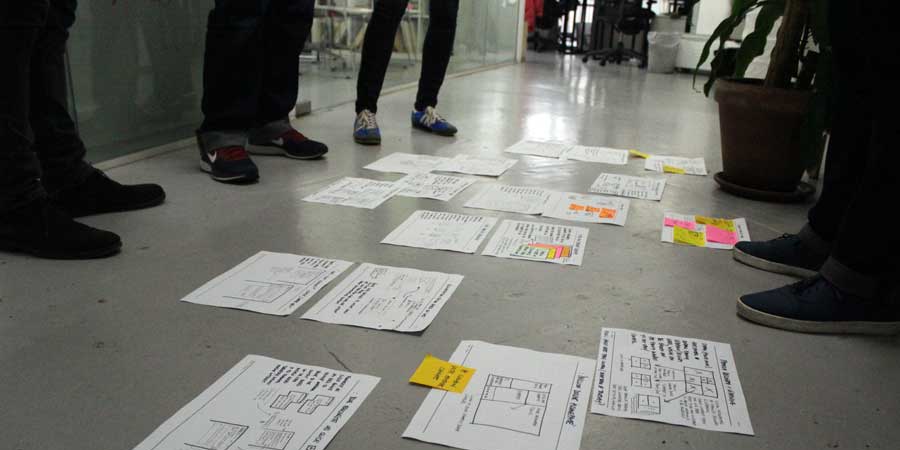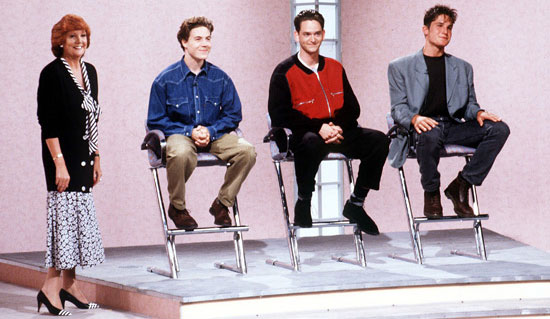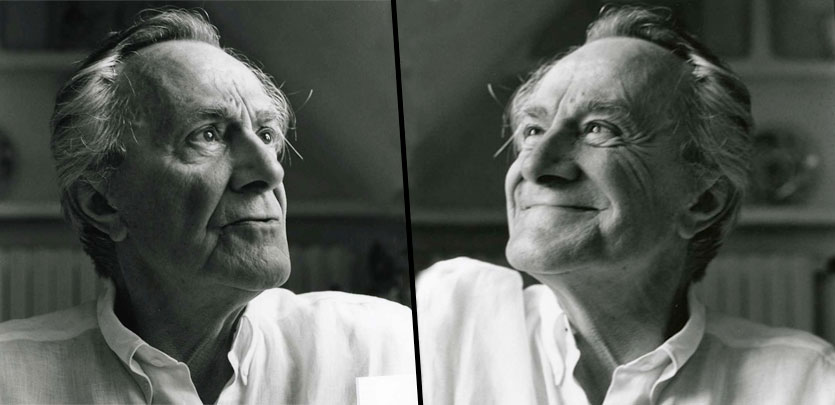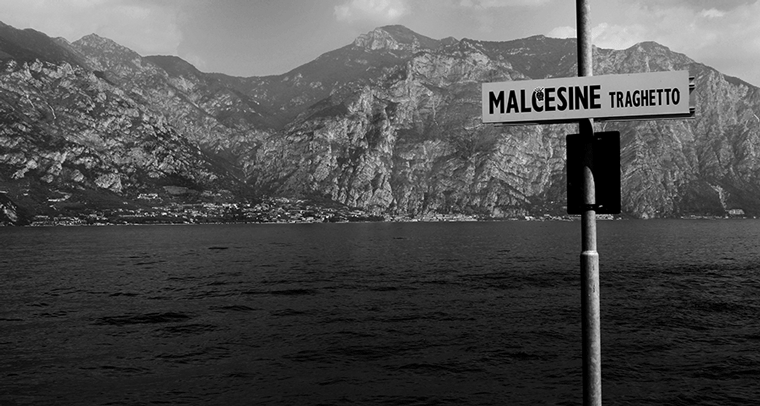-
Trends for 2014 – Storytelling in UX design

After reviewing submissions for IA Summit 2014 it occurred to me that this might be a good opportunity to think about trends for the coming year. This is the final trend, and probably not so much a trend as the way I like to think about the world generally, but it helps out at work too.…
-
Trends for 2014 – Everyone is a designer, everything can be designed

After reviewing submissions for IA Summit 2014 it occurred to me that this might be a good opportunity to think about trends for the coming year. I went back over the feedback I’d given and grabbed some of the sentences that seemed to make more general points about a trend or an insight that is worth…
-
Trends for 2014 – Being ambitious

Another tip for 2014 – being ambitious. IA is the safety rail to keep people going in the right direction. But there is a higher task that IA is capable of supporting, it’s not just keeping people moving in the right direction, it’s keeping people moving.
-
Trends for 2014 – Search is the norm

After reviewing submissions for IA Summit 2014 it occurred to me that this might be a good opportunity to think about trends. IA summit is where some of the best minds in IA gather, so the proposals for talks and workshops should represent some dominant themes and concerns. Right? I went back over the feedback…
-
Motivation and need in experience design

The shape of experiences are defined by the time and spaces they occupy, and even Doctor Who knows that moving through time and space requires energy. But real people don’t have two hearts and a TARDIS to push them forward through the space and time of the experiences we design. Real people are either pushed…
-
What’s a user experience architect at the BBC do?

What is information architecture? In my experience it’s a question that information architects aren’t too confident answering. It’s ironic that for a professional discipline so focused on classification we sometimes have a hard time describing what it is we do. I make information architecture. I’m a user experience architect at the BBC. But how can you…
-
Hick’s Law – a matter of choice

Bill Hicks has obtained legendary status in the world of stand up comedy. At least part of this is probably down to the fact that he died young. There are recordings of Hicks, but relatively few. We don’t have much on which to build a picture of who he was, but what we have is…
-
Choice, scarcity and motivation in information architecture

I love choices. But like most things, they suffer from the law of diminishing returns, or more accurately the laws of ‘diminishing marginal utility.’ The web of today (and tomorrow) is a web of choice. Almost limitless storage and the ease of publication means that there is more and more content out there to choose…
-
The wisdom of thumbs* – design heuristics

I like to think of design heuristics as rules of thumb. Testing is definitely the surest, cheapest and most interesting way to ensure that the thing you’re building is the thing that the people you’re building it for want. But I think the wisdom of our thumbs is just as important as the wisdom of…
-
The shape of things to come – redundancy in information architecture

Lots of products are the result of compromise. There’s a Venn diagram I trot out that describes how I work to create experiences that combine business priorities with user needs. User experiences sit in the sweet spot where these two sets of requirements are most closely aligned. Information architecture creates systems that combine these two…
-
Information architecture principles

Information architecture attempts to create spaces from ideas. We take mental models and try to build digital structures that formalise these thoughts. Sometimes it seems like we’re creating spaces which force users to adopt a specific perspective. From these fixed perspectives they can move around our sites and products. But really, we only ever provide…
-
Trajectories at the BBC – after two days*

Steve Benford describes Trajectories as offering a new way of thinking about the design of extended user experiences. I think the more ways we have to think about the design of experiences the better. Structured methods for interrogating the result of our designs forces us to move our focus from the design of objects to…

